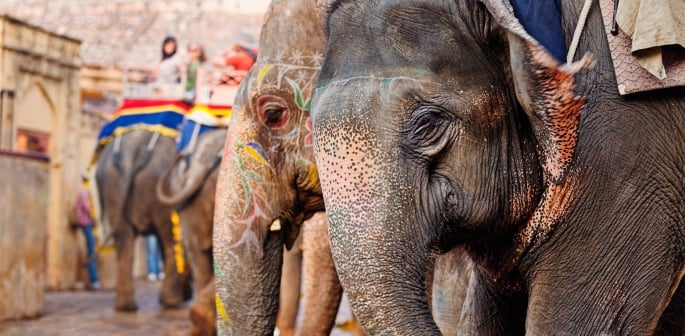Young elephants are confined in tiny spaces.
India’s vibrant tourism industry draws in over 9 million visitors annually, attracted by its rich tapestry of culture and breathtaking landmarks such as the Taj Mahal, Red Fort, and India Gate.
Many tourists imagine themselves riding elephants through ancient forts like Amer Fort or meandering across lush spice plantations.
These experiences are heavily promoted and form a key part of the ‘Indian experience’ for many.
Beneath the surface lies a darker, troubling reality.
The activity of elephant riding, which appears picturesque in brochures and on social media, masks a systematic pattern of cruelty.
So, what lies beyond these romanticised images? What are the impacts of elephant tourism in India?
What truths lie behind the training, the daily lives, and the broader implications for conservation and animal welfare?
From Sacred Symbols to Commercial Exploitation
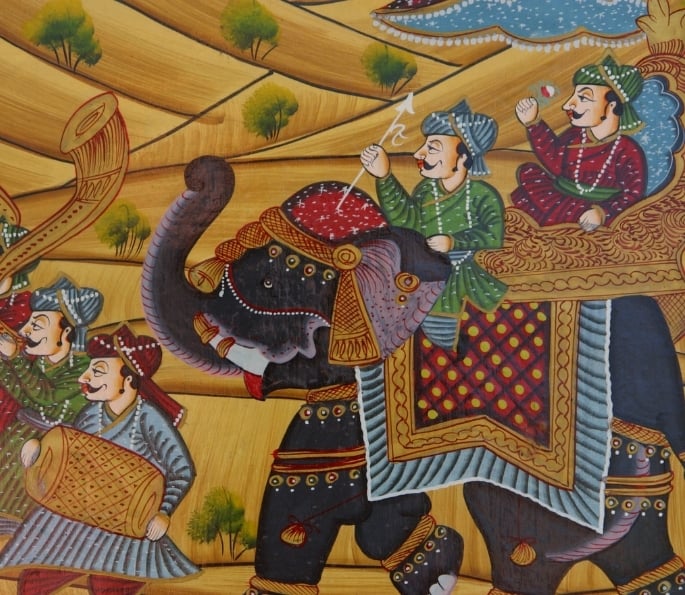 Elephants have been profoundly integral to Indian history and culture.
Elephants have been profoundly integral to Indian history and culture.
Their strength and intelligence made them invaluable in ancient warfare, with historic accounts showcasing their power in battles, including those against Alexander the Great.
They also symbolised wealth and regality, used as royal transport for kings and queens in grand processions.
These majestic creatures featured in ceremonies, state parades, and festivals, often adorned with silks and jewels.
Spiritually, elephants hold a sacred position in Hinduism.
Lord Ganesha, the deity with an elephant’s head, is a powerful symbol of wisdom, prosperity, and good fortune.
Elephants are celebrated in art, worshipped in temples, and considered living embodiments of dignity and blessing.
However, this deep reverence has shifted in the modern era.
In many parts of India, elephants have gone from being symbols of power and spirituality to commercial assets.
The booming tourism industry now markets elephant rides, bathing sessions, and selfies as harmless attractions, while ignoring the cruel realities behind these experiences.
What was once a relationship of respect has, in many cases, transformed into a transactional dynamic driven by profit.
The sacredness of elephants has been overshadowed by the need to entertain.
The Journey from Wild to Captive
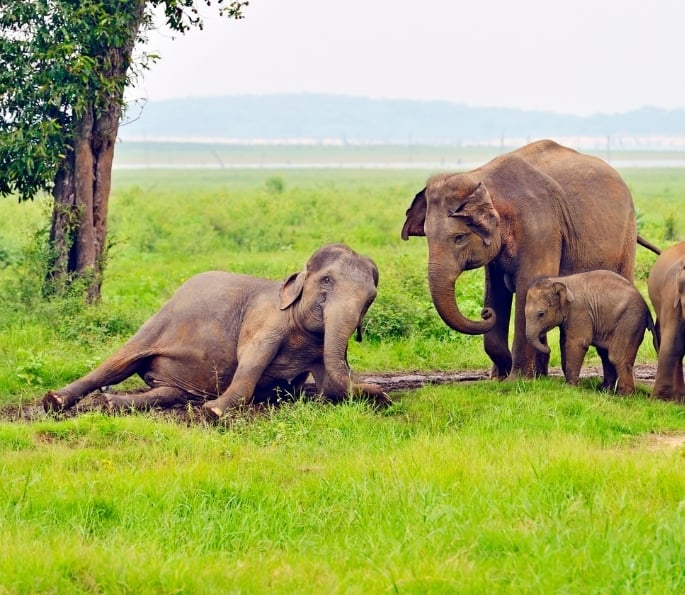 The journey of an elephant used in tourism often begins with violent capture.
The journey of an elephant used in tourism often begins with violent capture.
Many are illegally taken from the wild, particularly young calves, as they are easier to control and train.
This traumatic separation from family units causes deep psychological harm that lasts a lifetime.
According to World Animal Protection, around 75% of captive adult elephants used in tourism across Asia, including India, were originally captured from the wild.
Once taken, they are stripped of their ability to roam, socialise, or forage naturally.
The domestication process often involves a brutal training method known as “Phajaan” or “the crush”.
This method is designed to break the elephant’s spirit.
Young elephants are confined in tiny spaces, abused with bullhooks and sharp tools, and deprived of food and sleep.
This process destroys their instincts and forces them into submission.
Videos from organisations like World Animal Protection have documented these horrifying practices, leading to global outrage and increased demand for ethical tourism.
Unfortunately, even elephants bred in captivity face the same cycle.
They, too, undergo Phajaan to ensure compliance.
These elephants are born into a life of control, never knowing the freedom of their ancestors.
A Lifetime of Physical and Psychological Suffering
 After the initial training, captive elephants face relentless physical hardship.
After the initial training, captive elephants face relentless physical hardship.
They are made to carry tourists on their backs for hours daily, which damages their spines and causes chronic pain.
The howdahs, seats attached to their backs, cause painful abrasions and long-term injury.
Captive elephants are often kept on hard concrete surfaces, resulting in foot infections and arthritis.
Without proper medical care or space to move, these conditions worsen over time.
The psychological toll is equally severe.
Elephants are highly intelligent and social animals, forming complex emotional bonds.
In captivity, they are deprived of companionship, forced into isolation, and denied stimulation.
This leads to repetitive behaviours like swaying, head bobbing, and pacing, classic signs of psychological trauma.
Even so-called “ethical sanctuaries” sometimes continue exploitative practices.
Though they may advertise bathing or feeding sessions as safe and respectful, such activities often stem from the same abusive training and control methods.
The elephants’ compliance is not a sign of trust. It is a response to trauma.
Profit Over Welfare
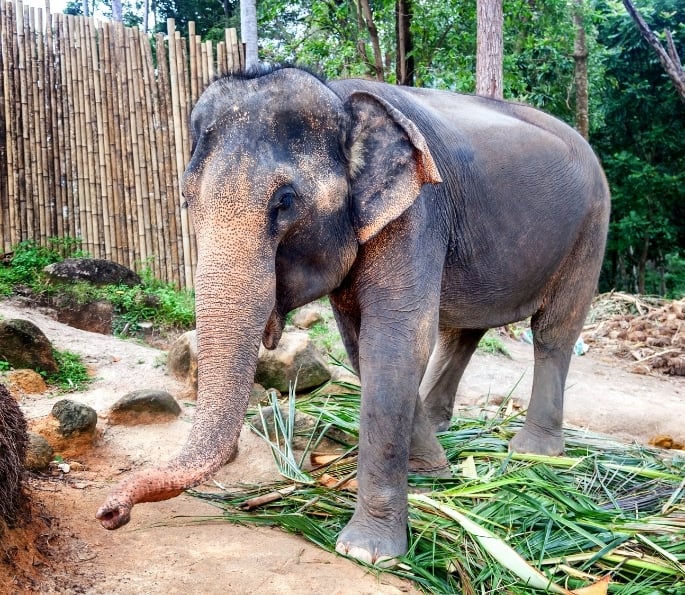 At the heart of elephant tourism lies the pursuit of profit.
At the heart of elephant tourism lies the pursuit of profit.
Elephants are seen as valuable assets capable of generating income through rides, performances, and photo opportunities.
Providing proper care is expensive.
Many operators cut corners, neglecting nutrition, veterinary treatment, and adequate space.
This leads to widespread neglect and chronic suffering.
This cycle is upheld by unaware tourists.
Influenced by brochures, influencers, and travel guides, many don’t realise the pain behind the picture-perfect moment.
Hashtags like #TravelKind and #SayNoToElephantRides, along with campaigns such as Wildlife. Not Entertainers, by World Animal Protection, are slowly changing the narrative.
The issue of animal exploitation in Indian tourism extends beyond elephants.
Bear dancing and snake charming, while less common today, persist.
These acts often involve mutilation, declawing, detoothing, or even sewing mouths shut, causing unimaginable distress.
Threats to Wild Populations and Weak Legal Protection
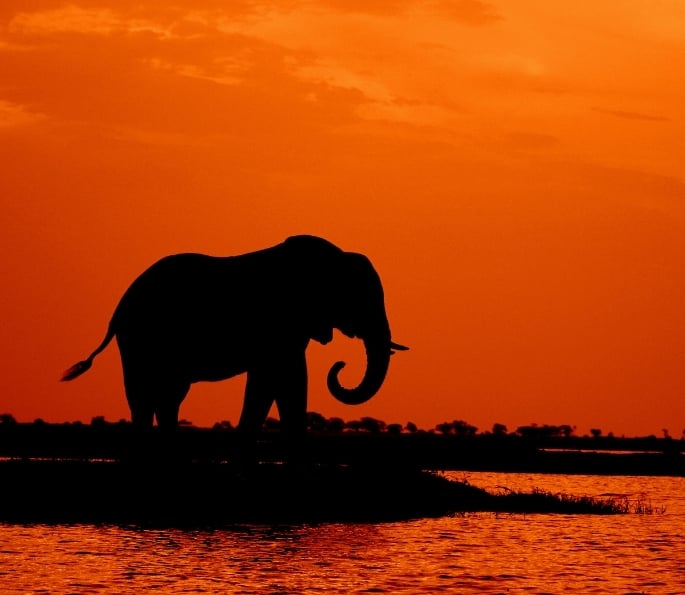 Capturing wild elephants for tourism not only traumatises individuals but also harms the broader species.
Capturing wild elephants for tourism not only traumatises individuals but also harms the broader species.
The removal of young calves weakens herd dynamics and genetic diversity.
Poaching and habitat destruction further endanger wild populations.
Despite laws such as the Prevention of Cruelty to Animals Act (1960), enforcement remains weak.
Inadequate funding, poor monitoring, and corruption contribute to a low conviction rate.
In some regions, like Odisha, no elephant poaching cases led to conviction for over a decade.
Cultural traditions and legal loopholes often complicate prosecution.
This allows abuse to continue unchecked, with few consequences for perpetrators.
The Role of Tourists and Responsible Alternatives
 Tourists often play a role in elephant exploitation without realising it.
Tourists often play a role in elephant exploitation without realising it.
Many genuinely want to engage with Indian culture and wildlife respectfully.
However, a lack of awareness means they inadvertently support cruel practices.
Education is crucial.
By understanding the harm behind elephant interactions, travellers can make more informed choices.
Responsible alternatives include visiting genuine rescue and rehabilitation centres that prioritise elephant welfare.
These facilities offer a safe space for elephants to heal, socialise, and live freely, without performing.
Wildlife safaris and guided tours in national parks also offer respectful ways to observe elephants in their natural habitats, minimising human interference.
Leading Organisations and a Changing Future
 Amidst the cruelty, there is hope.
Amidst the cruelty, there is hope.
Organisations like Wildlife SOS and World Animal Protection are leading efforts to rescue, rehabilitate, and protect elephants across India.
Wildlife SOS runs dedicated conservation centres, offering medical care and sanctuary to elephants rescued from abuse.
World Animal Protection raises awareness, conducts investigations, and pushes for policy reform to end animal exploitation in tourism.
Public consciousness is also shifting.
As awareness spreads globally, more people are questioning the ethics of animal encounters.
Travellers are seeking alternatives that align with their values.
This growing movement towards mindful, ethical tourism offers hope for a future where elephants are respected, not ridden.
A future where their majesty is witnessed, not monetised.



















































